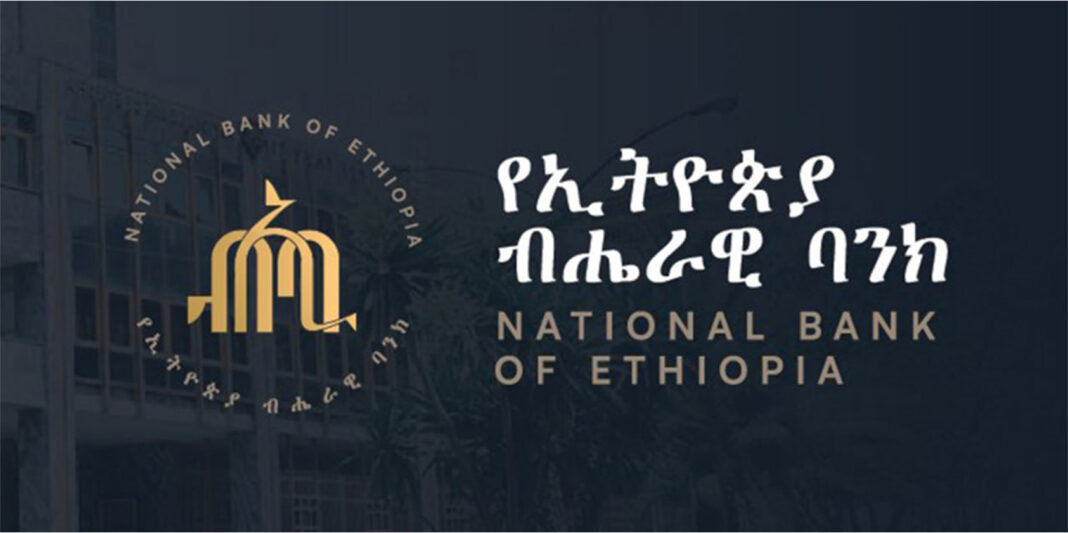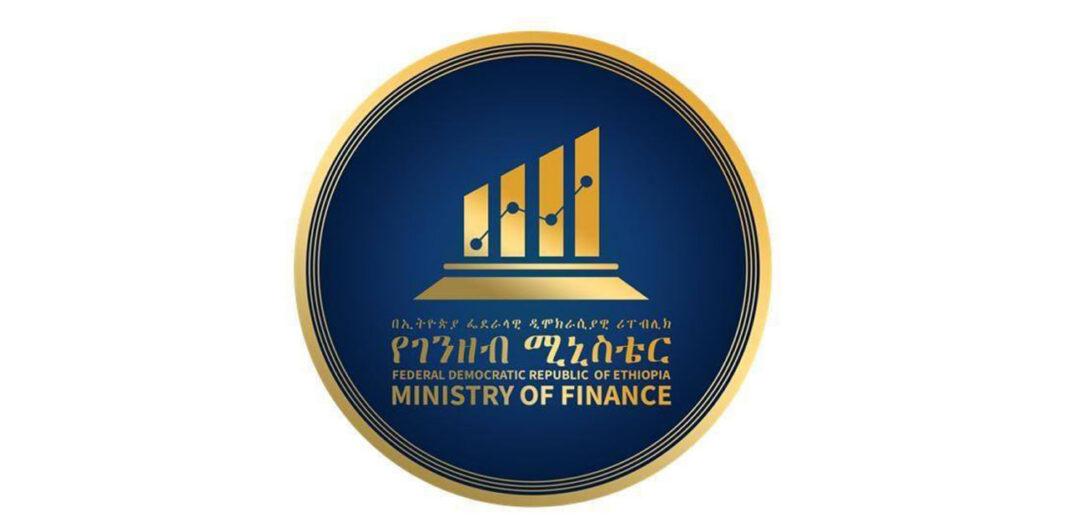Banks have indicated that the recent relaxation of the credit growth cap is expected to have minimal impact on their operations. At the same time, the regulatory authority has expressed its willingness to implement appropriate policy measures if the monetary environment shows signs of rising inflationary pressures.
Contrary to expectations of a full reversal, the National Bank of Ethiopia’s (NBE) Monetary Policy Committee (MPC) only loosened the two-year cap on bank lending growth by six percentage points in its decision this week.
This policy shift has been met with skepticism from financial experts and private bank executives, who are confused by the NBE’s decision to reverse course.
Market analysts argue that the financial sector is currently facing a liquidity shortage, making the continuation of any credit cap an unnecessary precaution.
The MPC has raised the allowable annual credit growth rate to 24%, a significant increase from the 18% limit established just nine months ago. The cap was initially set at 14% in August 2023 as part of a broader strategy to combat inflation, which included measures such as reducing direct advances to the government.
“In my assessment, the new directive will not produce any meaningful positive impact on the financial industry,” a bank president told Capital.
He and other industry leaders suggested that only a few long-established banks might benefit, as most financial institutions struggle with insufficient liquidity to support a substantial expansion of their loan portfolios.
A seasoned bank president echoed this sentiment, stating, “I expressed the same concern in January when the MPC adjusted the cap to 18 percent. In practice, we observed little change in loan disbursement.”
He referenced the NBE’s earlier decision at the start of the budget year on July 1st to lift a separate mandate requiring banks to purchase treasury bonds equivalent to 20% of every loan disbursement—a measure initially imposed in November 2022 with a five-year maturity.
“While the removal of the bond requirement is beneficial for new loan origination, our resources remain tied up at the NBE for the duration of the bond’s term,” he explained.
He emphasized that liquidity constraints have worsened due to a series of stringent regulatory measures over the years, including a previous 27% bond requirement that was in effect from 2011 until November 2019.
The president of a newly established bank expressed a similar viewpoint, suggesting that, like the previous relaxation, the increased cap is unlikely to significantly impact the operations of most medium-sized and newer banks.
Experts contended that completely removing the cap would not lead to inflation, as the economy currently lacks the necessary resources to boost aggregate demand.
“The government, as the primary economic actor, is not planning any major new projects or extraordinary expenditures,” explained one bank president. “Therefore, we do not expect any substantial changes in system-wide liquidity in the near future.”
This has prompted analysts to question the regulator’s reluctance to fully lift a measure that is widely anticipated to have minimal market impact.
In a statement dated Monday, September 29, the Monetary Policy Committee (MPC) reported that domestic credit growth reached 14.0 percent for the period from August 2024 to 2025. By the end of August, the banking system’s outstanding loans had increased by 5.4 percent compared to the June 2025 balance.
The Committee also noted that year-on-year growth in broad money supply (M2) and reserve money stood at 23.1 percent and 70.7 percent, respectively, as of the end of August 2025.
The sharp rise in reserve money growth was attributed to the National Bank of Ethiopia’s (NBE) accumulation of foreign exchange through gold purchases, which injected local currency into the banking system. The Committee observed that while reserve money growth seemed expansionary, “the credit cap policy constrained the money multiplier,” thereby limiting the growth of the broad money supply.
The MPC committed to revisiting the credit cap in its upcoming meetings.
At the same time, the MPC expressed its readiness to implement new policy instruments to address any potential negative effects on the economy resulting from the looser credit policy.
This approach aligns with the central bank’s recent commitment to transitioning toward internationally recognized indirect monetary policy tools, moving away from direct intervention.
The Committee clarified that the NBE will now employ a comprehensive range of market-based instruments.
“These include the central bank’s policy rate, open market operations, foreign exchange interventions, and adjustments to reserve requirements, among others,” the statement noted. These tools may be utilized individually or in combination, depending on the prevailing inflationary and monetary conditions.







